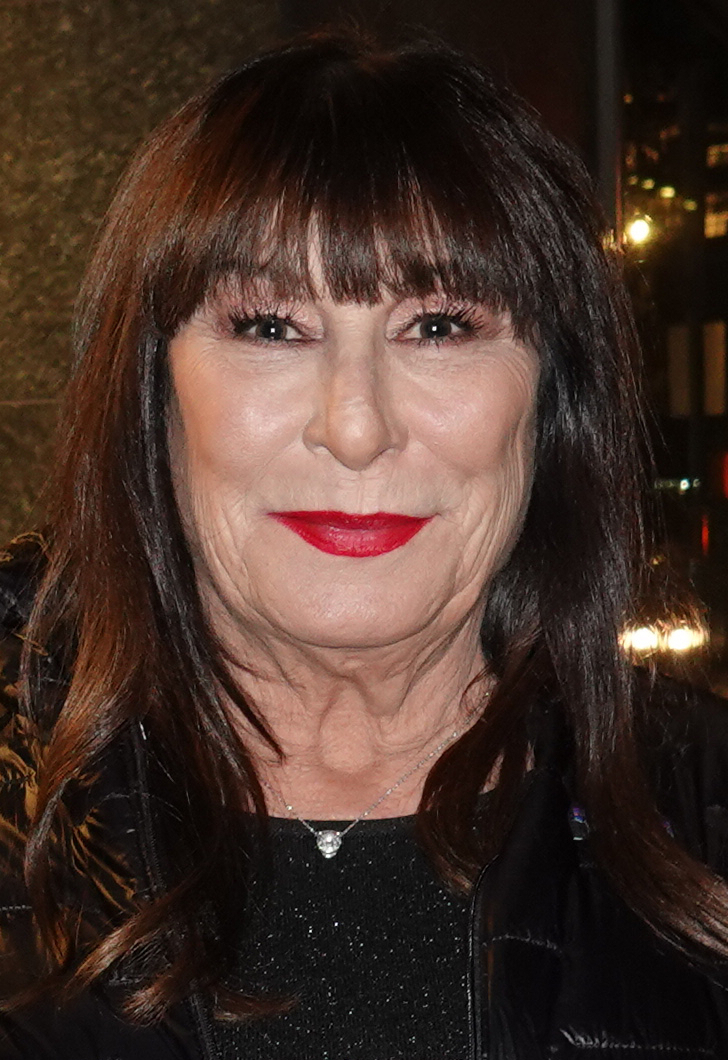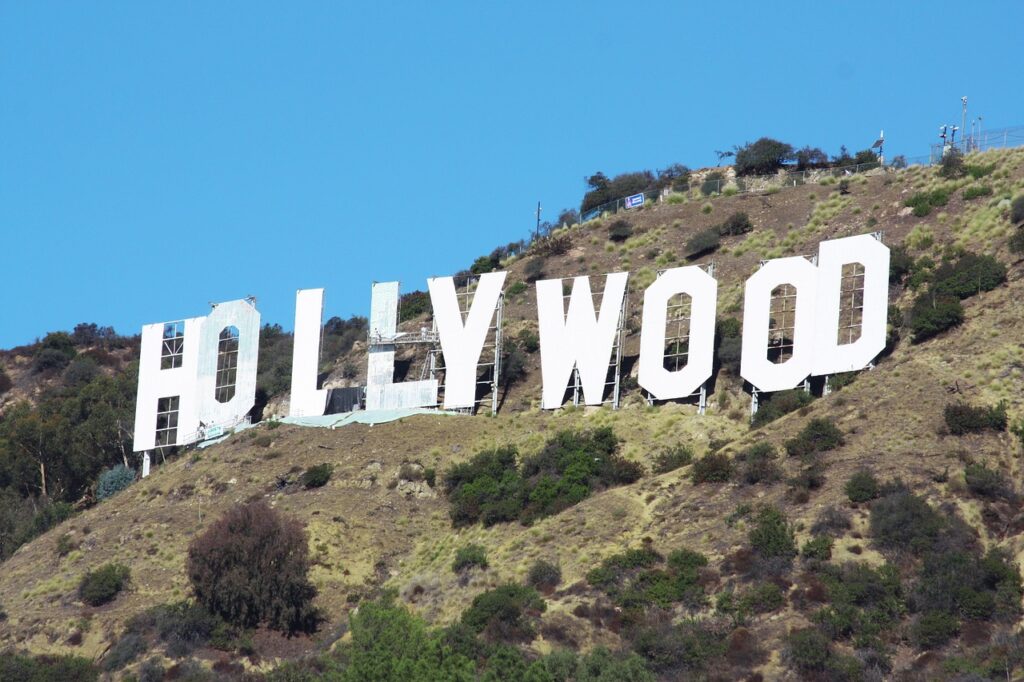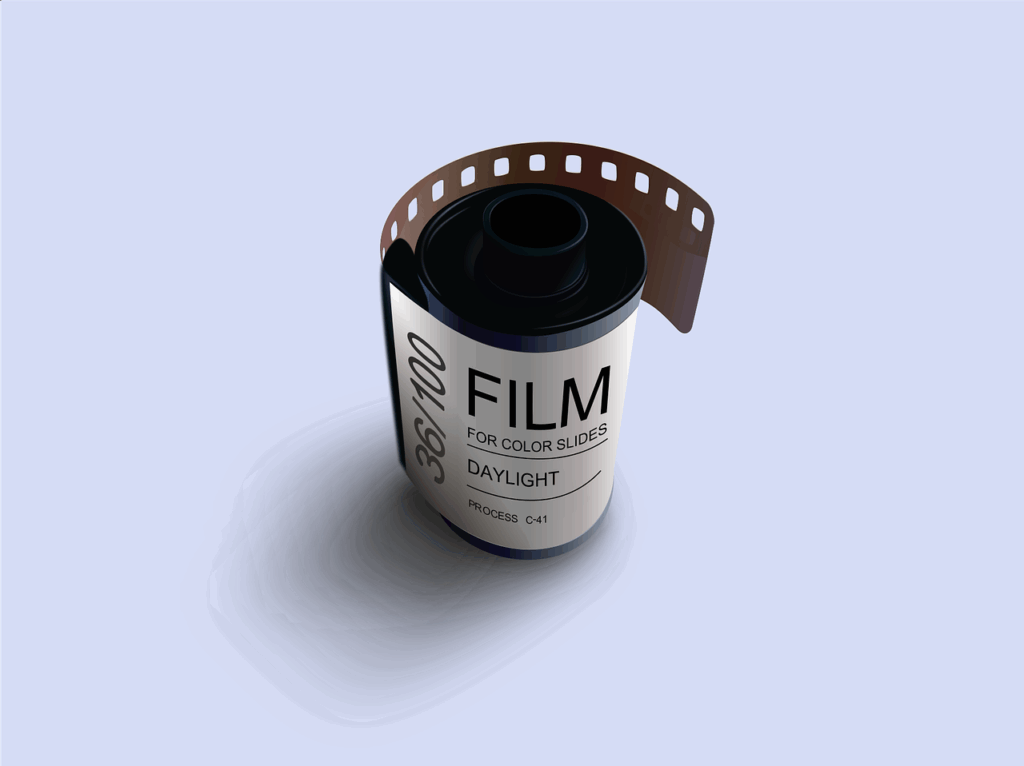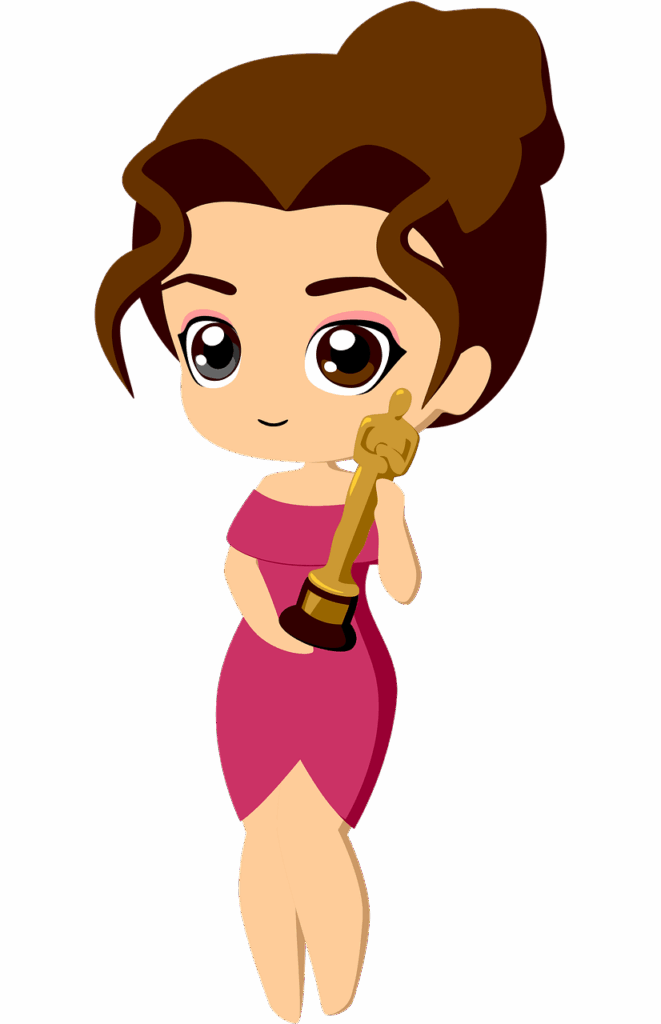
Anjelica Huston. The name alone conjures images of an inimitable screen presence, a woman of sharp wit and an aristocratic bearing that commands attention. For many, she is eternally enshrined as the stern, aloof, yet utterly captivating Morticia Addams, a role she inhabited with such iconic flair that it forever linked her to the macabre charm of the Addams Family. Yet, to define Anjelica Huston solely by her most famous gothic matriarch would be to miss the rich, intricate tapestry of a life lived intensely, both in the public eye and behind the veiled curtains of personal experience. Her story is far more sprawling and dramatically compelling than any film script, filled with profound highs, unexpected challenges, and a relentless pursuit of artistic integrity.
Indeed, if the Addams Family’s mansion holds secrets behind every creaking door, then Anjelica Huston’s own life has been equally packed with fascinating, sometimes shadowed, narratives. From her birth into one of cinema’s most legendary dynasties to forging her own path through the glamorous yet often unforgiving worlds of fashion and film, Huston’s journey has been one of constant evolution and compelling transformation. Her career, spanning decades, showcases a remarkable versatility, from high-fashion model to Academy Award-winning actress and accomplished director, each chapter revealing a new facet of her formidable talent and complex persona.
Join us as we pull back the velvet drapes to explore the multifaceted existence of Anjelica Huston, a true Hollywood icon whose depth and resilience have crafted a legacy far richer and more nuanced than even Morticia AddaMs herself might hint at. We delve into the pivotal moments and defining roles that have shaped her remarkable career, beginning with the very roots of her extraordinary lineage and the early experiences that set the stage for a truly unforgettable life in the spotlight.
1. **A Dynasty’s Shadow: The Huston Legacy and Early Life**
Anjelica Huston’s entry into the world was, perhaps fittingly, announced amidst the exotic backdrop of Murchison Falls in Western Uganda, cabled to a post office and delivered by a barefoot runner to her father, John Huston, who was filming “The African Queen.” Born in Los Angeles in 1951, she arrived as the daughter of the revered director and actor John Huston, and prima ballerina and model Enrica Soma. Her paternal grandfather was none other than the Canadian-born actor Walter Huston, establishing a formidable cinematic dynasty that would profoundly shape her destiny.
Her childhood was largely spent far from Hollywood’s glitter, in the lush, green landscapes of Ireland. When Anjelica was just two, her family relocated, first renting the “Courtown House”—a tall stone Victorian manor in County Kildare—before her father purchased the sprawling 110-acre St. Clerans estate in County Galway in 1954. This Irish countryside, where she still considers home, provided a distinctly non-Hollywood upbringing, one punctuated by schooling at Kylemore Abbey and later, Holland Park School after a move to England.
Yet, even amidst this idyllic setting, Huston’s early life was marked by a certain complexity, a familial landscape shaped by her parents’ multiple marriages and extramarital affairs. She has an older brother, Tony, an adopted older brother, Pablo, and later, a younger maternal half-sister, Allegra, and a younger paternal half-brother, actor Danny Huston. Anjelica described herself as a “lonely child,” explaining, “My brother Tony and I were never very close, neither as children nor as adults, but I was tightly bound to him. We were forced to be together because we were really quite alone. We were in the middle of the Irish countryside … and we didn’t see many other kids. We were tutored. Our father was mostly away [for filming].” This unique blend of aristocratic isolation and a sprawling, complex family tree undoubtedly imbued her with a singular perspective from an early age.

2. **A Reluctant Debut: “A Walk with Love and Death” and Filial Strife**
Her official screen debut arrived reluctantly in 1969, at the tender age of 16, in her father’s film, “A Walk with Love and Death.” She was cast as the French noblewoman Claudia, opposite Assi Dayan. Intriguingly, she had initially been in the running for the coveted role of Juliet in Franco Zeffirelli’s acclaimed 1968 adaptation of “Romeo and Juliet,” a role she willingly withdrew from when her father made the decision to cast her in his own project.
However, this father-daughter collaboration proved to be a challenging one. Huston candidly expressed her belief that she was fundamentally “wrong for the role as Claudia,” reflecting on the experience by stating that her father “miscast me first time out and I think he realized that. I was ready to act, but I wasn’t ready to act for him … I was difficult, I didn’t want to act with no makeup, although I’d have done it for Franco.” This sentiment speaks volumes about the inherent pressures of working under the gaze of a formidable parent.
The set itself became a crucible of a “fractious relationship” between father and daughter. The young Anjelica reportedly struggled with learning her lines and maintaining focus, which in turn fueled her father’s growing impatience and anger. The critical reception of her performance did little to soften the blow, as reviewers derided her debut. This challenging introduction to the acting world was a testament to the complex dynamics at play, pushing her to re-evaluate her path forward after a difficult start.

3. **The Halstonette Era: A Decade as a Model and Muse**
The untimely death of her mother in a car accident shortly after her screen debut prompted a significant shift in Huston’s life. She “sort of fled London because of the memories,” relocating to New York City. There, inspired by the captivating allure of models like Jean Shrimpton and Twiggy, she decided to wholeheartedly pursue a career in modeling, a choice that would define her professional life throughout the 1970s.
Her connections, nurtured through her parents’ network, proved instrumental. Through photographer Richard Avedon, a family friend, she was introduced to the legendary Diana Vreeland, then at American Vogue. Vreeland promptly offered Huston her first American Vogue photoshoot, a strikingly “innovative” session that took place in Ireland and, as Huston recalled, “presaged the whole sort of Gypsy look.” She quickly became a frequent subject for Bob Richardson, with whom she also shared a personal relationship.
Signed to Ford Models, Huston spent several years working across Europe in the early 1970s, gracing runways for esteemed brands such as Zandra Rhodes, Yamamoto, Armani, and Valentino. Her striking features, statuesque height, and distinct presence cemented her status. She notably became one of fashion designer Halston’s most favored troupe of models, earning the coveted nickname “Halstonettes” alongside iconic figures like Pat Cleveland, Pat Ast, and Elsa Peretti. This era not only established her as a global fashion icon but also refined her commanding visual presence, a quality that would later serve her so well in cinema.

4. **Beyond the Runway: Transitioning to Hollywood and Jack Nicholson**
After her significant and successful tenure in the modeling world, and following her breakup with Bob Richardson, Anjelica Huston made a deliberate move to California. Her intention was clear: to pivot from the runways of Paris and New York to the soundstages of Hollywood, actively pursuing an acting career. This transition, however, was not immediately smooth sailing, as she acknowledged that she “didn’t do much there for three years,” hinting at the inherent challenges of breaking into the competitive film industry.
Her early cinematic forays were often in smaller roles, providing glimpses of her burgeoning talent. She appeared in a minor capacity in “The Last Tycoon” (1976), an adaptation of F. Scott Fitzgerald’s novel, a project notable for starring her then-boyfriend, Jack Nicholson. Their relationship, which would endure for many years, inevitably intertwined with her career path, offering both opportunities and complexities within the industry.
Further roles included a brief appearance as the fling of a Depression-era drifter in Bob Rafelson’s remake of “The Postman Always Rings Twice” (1981), again opposite Nicholson, and minor parts in “Frances” (1982) and the acclaimed mockumentary “This Is Spinal Tap” (1984). She also secured a larger role in the science fiction film “The Ice Pirates” (1984). These roles, though varied in genre and scope, represented her determined efforts to establish herself as a serious actress, laying the groundwork for the more substantial opportunities that were soon to follow.
5. **Prizzi’s Triumph: An Oscar Forged in Family Dynamics**
The year 1985 marked a pivotal moment in Anjelica Huston’s career, as her father, John Huston, once again cast her, this time in the dark comedy “Prizzi’s Honor.” She took on the role of Maerose, the sharp-witted daughter of a New York Mafia clan head, whose affections are spurned by a hit man, played by none other than Jack Nicholson. Despite the familial connection and the high-profile co-star, her compensation for the role was a modest US$14,000, the SAG scale rate, a detail that underlines the gritty realities even for those seemingly well-connected in Hollywood.
When her agent dared to inquire about a higher payment, the response from the movie’s producer was shockingly blunt: “Go to hell. Be my guest—ask for more money. We don’t even want her in this movie.” This dismissive attitude, coupled with an overheard comment from a production worker—”Her father is the director, her boyfriend’s the star, and she has no talent”—could have been profoundly demoralizing. Instead, these experiences only seemed to fuel her determination, embedding a resilient resolve that would become a hallmark of her career.
Despite the behind-the-scenes drama, Huston’s performance as Maerose garnered widespread critical acclaim. The New York Times lauded her portrayal, describing her part as a “wonderful character, far darker and more complex than is indicated by her self-deprecating wisecracks (I’m a family scandal. I got a reputation to keep up). She’s a riveting presence and if Miss Huston, the daughter of the director, doesn’t get an Oscar nomination for this performance, I’ll be very surprised.” The prediction proved true: she won the Academy Award for Best Supporting Actress, making her the third generation of her illustrious family to receive an Oscar, joining her father and grandfather in this rare cinematic honor and firmly establishing her own undeniable talent.
6. **The Witches’ Grand High Reign: A Cult Classic Transformation**
In 1990, Anjelica Huston embraced a role that would become one of her most enduring and beloved, albeit for a younger audience: the Grand High Witch in Nicolas Roeg’s adaptation of Roald Dahl’s “The Witches.” This character, the all-powerful leader of the world’s witches, demanded a complete physical and vocal metamorphosis, allowing Huston to unleash a truly villainous and theatrical performance that has captivated generations.
The transformation itself was a remarkable feat of cinematic artistry and a testament to Huston’s commitment. Initially, she and costume designer Marit Allen brought a different dress for the role, but director Roeg rejected it, famously deeming it “not y.” Huston later recalled her surprise: “That was the first time I’d imagined that this horrible creature in a children’s movie should have sex appeal. It simply had not occurred to me. But of course, Nic was absolutely right. His vision was diabolical and dark and brilliantly funny. If a witch was to be at the center of this plot, she needed to be sexy to hold the eye.”
This shift in perspective led to the character’s iconic, monstrous version, brought to life by Jim Henson’s Creature Shop. The intricate prosthetics and makeup were so elaborate that they “took over six hours to apply and almost as much time to remove at the end of the day.” Despite a lackluster box office response upon its initial release, “The Witches” has since garnered a fervent cult following, with Huston’s performance often cited as its chilling, charismatic core. It remains one of her personal favorite roles, a testament to its unique challenge and lasting impact.
7. **The Grifters’ Gritty Gambit: A Deep Dive into a Con Artist’s Soul**
The same year as “The Witches,” 1990, saw Anjelica Huston deliver another tour-de-force performance, this time in Stephen Frears’ neo-noir thriller, “The Grifters.” She portrayed Lilly, a veteran con artist deeply entangled in a dangerous criminal underworld. The role was gritty, explicit, and morally ambiguous, pushing Huston into a darker, more complex territory, showcasing her remarkable range and fearlessness as an actress.
Her initial reaction to the script was one of hesitation. Frears first approached her in 1989 while she was filming “Crimes and Misdemeanors,” but after reading the material, Huston felt unsure. Although “transfixed” by the compelling story and the character of Lilly, the script’s explicitness alarmed her. A few months later, when Frears contacted her again, she was still wavering. It was her talent agent, Sue Mengers, who famously offered a blunt piece of advice: “Anjelica, if Stephen Frears tells you he wants you to in the corner, then that’s what you must do.”
The following day, Huston auditioned for Frears at the Chateau Marmont. Frears initially had reservations, believing she looked “too much like ‘a lady'” for the hard-bitten role. This was ingeniously resolved by the decision to “cheapen her look with a bleached blond wig and ‘vulgar clothes’,” transforming her into the perfect embodiment of Lilly. To fully immerse herself, Huston even studied “women dealers at card parlors in Los Angeles County, California,” adding an authentic layer to her portrayal. Her electrifying performance earned her an Academy Award nomination for Best Actress, cementing her status as one of Hollywood’s most formidable and versatile talents.”
8. **Embracing the Macabre Matriarch: Morticia Addams and Beyond**
Anjelica Huston’s transformation into Morticia Addams for “The Addams Family” (1991) solidified her icon status, particularly for audiences enchanted by the darkly whimsical. Stepping into the elegant, eerie shoes of the matriarch, Huston crafted a character both stern and aloof, yet imbued with warmth drawn from her friend Jerry Hall. The role demanded physical metamorphosis, including an elastic strap system for Morticia’s distinctive upward-slanting eyes, a grueling process that caused significant discomfort and forced a unique way of movement.
Despite the “long and arduous” filming, her commitment paid off. The film was a commercial triumph, grossing over US$191 million worldwide and leading to “Addams Family Values” (1993). For both portrayals, Huston garnered Golden Globe Award nominations for Best Actress – Motion Picture Comedy or Musical, cementing Morticia as one of her most beloved characters, showcasing her ability to fully inhabit distinctive roles.
Beyond the ghoulish glamour, Huston diversified, reuniting with Woody Allen for “Manhattan Murder Mystery” (1993), playing a friend investigating a neighbor’s death. That same year, she took on a poignant role in the ABC miniseries “Family Pictures,” portraying a mother navigating parenting an autistic child, earning a Golden Globe nomination. Her versatility extended to a BAFTA nomination for Best Supporting Actress for “Manhattan Murder Mystery.”
By 1995, Huston explored even more diverse narratives. She appeared in Sean Penn’s “The Crossing Guard” as a tormented man’s former wife, a role praised by critics. Simultaneously, she starred as Calamity Jane in the CBS miniseries “Buffalo Girls,” a performance garnering an Emmy Award nomination for Outstanding Lead Actress in a Miniseries or Movie, showcasing her capacity to embody strong, independent women.

9. **Directorial Vision: Anjelica Huston Behind the Camera**
The mid-1990s marked a significant pivot for Anjelica Huston as she courageously stepped behind the camera to direct. She consciously sought material that resonated personally, stating, “I didn’t want to do a sequel to Prizzi’s Honor. Prizzi belongs to him. I wanted to do something that, succeed or fail, would be my own.” This led her to “Bastard Out of Carolina.”
Her directorial debut in 1996, “Bastard Out of Carolina,” based on Dorothy Allison’s novel, was a powerful drama exploring child abuse and poverty. Screened at the Cannes Film Festival and debuting as a television film, it earned Huston a Primetime Emmy Award nomination for Outstanding Directing for a Miniseries or a Special, demonstrating her eye for compelling narratives.
Even while directing, Huston continued captivating as an actress. In 1998, she embodied the deliciously cruel Baroness Rodmilla De Ghent in “Ever After: A Cinderella Story.” Her portrayal was lauded, with Lisa Schwarzbaum of Entertainment Weekly noting her “eye narrowing and eyebrow raising while toddling around in an extraordinary selection of extreme headgear.” That year, she also appeared in the neo-noir “Phoenix” and the dramedy “Buffalo ’66,” though her experience on the latter was reportedly challenging.
Huston’s second directing effort came with the Irish dramedy “Agnes Browne” in 1999, where she also starred. While “The New York Times” found it “nothing more than a series of homey skits,” it won the Youth Jury Award at the San Sebastián International Film Festival. She concluded the millennium appearing in James Ivory’s period drama “The Golden Bowl” (2000), further diversifying her rich tapestry of roles.

10. **The Unmistakable Stamp of Wes Anderson: A Creative Partnership**
The early 2000s ushered in a fruitful creative partnership for Anjelica Huston with auteur director Wes Anderson. Their collaboration began with “The Royal Tenenbaums” (2001), where Huston portrayed Etheline, the soft-spoken matriarch of an eccentric, estranged family. Anderson’s meticulous vision included providing Huston with photographs of his archaeologist mother, prompting her to playfully ask, “Wes, am I playing your mother?” The dynamic extended to an unscripted slap delivered to co-star Gene Hackman, which she confirmed was “real.”
Their artistic synergy deepened with “The Life Aquatic with Steve Zissou” (2004), where Huston portrayed the estranged wife of Bill Murray’s eccentric oceanographer. Her performance was characterized by subtle, understated brilliance. Roger Ebert keenly observed she “seems privately amused, which is so much more intriguing than seeming publicly amused,” capturing the nuanced depth she brought to Anderson’s ensemble, fitting seamlessly into his unique cinematic universe.
The creative trifecta with Anderson concluded—for now—with “The Darjeeling Limited” (2007). Huston appeared as the mother of three brothers on a spiritual journey, who has become a nun in the Himalayas. Critics like Peter Travers of “Rolling Stone” found her “dynamite” in the film. These collaborations highlight a pivotal chapter in Huston’s career, showcasing her appeal to visionary filmmakers and her capacity to deliver memorable performances within singular artistic landscapes.

11. **Television Triumphs and Voice-Over Magic**
Anjelica Huston delivered powerful performances on the small screen and in voice acting. In 2001, she commanded attention as Viviane, Lady of the Lake, in the TNT miniseries “The Mists of Avalon.” This production drew over 30 million viewers, earning Huston Emmy and Screen Actors Guild nominations, reaffirming her prowess in dramatic television.
A few years later, in 2004, Huston delivered a Golden Globe-winning performance, portraying women’s suffrage leader Carrie Chapman Catt in the HBO film “Iron Jawed Angels.” This role, also earning an Emmy nomination, solidified her as a formidable presence in prestigious television, capable of embodying real-life historical figures with depth. That same year marked her third directorial project, the Hallmark Channel drama “Riding the Bus with My Sister.”
Huston ventured into animated cinema, lending her distinctive voice to Queen Clarion in the “Tinker Bell” franchise. Beginning in 2008 and reprising the role in four sequels, a television special, and a short film through 2015, these ventures proved outstanding commercial successes, showcasing her versatility with younger audiences.
Her return to regular series television was met with acclaim in 2012, starring in the NBC series “Smash” as Broadway producer Eileen Rand. Coming at a “vital time” after her husband’s death, Huston credited “Smash” with filling a void. She later joined the Amazon Video series “Transparent” for its second and third seasons, playing Vic, demonstrating her commitment to complex contemporary television.
Read more about: The Unseen Architect: Why The Shawshank Redemption’s Poignant Dedication to Allen Greene Matters
12. **Expanding Her Artistic Canvas: Diverse Film Roles**
Throughout the 2000s and early 2010s, Anjelica Huston continued accepting a remarkable array of film roles, exploring diverse genres outside her acclaimed work with Wes Anderson or prominent television appearances. In 2002, she appeared in Clint Eastwood’s thriller “Blood Work” and George Hickenlooper’s black comedy “The Man from Elysian Fields,” where critics praised her “invigorating relish” for supporting characters.
A notable turn came in 2003 with “Daddy Day Care,” where Huston played the ruthless head of an expensive preschool opposite Eddie Murphy. While a commercial success, critics highlighted her “embarrassing conviction” in the role, showcasing commitment regardless of genre. This period also saw a cluster of diverse films in 2006, including an art teacher in “Art School Confidential,” the President in “Covert One: The Hades Factor,” and a vanishing con artist in “Seraphim Falls.”
In 2008, Huston delved into the dark comedy “Choke,” praised for her “magnetic” portrayal of Ida, a hospitalized mother. “Empire” critic Philip Wilding highlighted her ability to be both a “fading invalid or vibrant and deranged in flashback,” drawing comparisons to her complex criminal characters and solidifying her artistic fearlessness.
The year 2011 brought another wave of diverse projects. She was “irresistible” as Miss Battle-Axe in “Horrid Henry: The Movie,” a role she relished for its “extreme character” appeal. More critically acclaimed was her performance as a cancer patient’s mother in “50/50,” earning praise for its “twisty performance” and profound emotion. Her appearance as an “avid birder” in “The Big Year” and later in the horror comedy “The Cleanse” (2016) further rounded out an expansive acting career.
13. **Recent Works and Enduring Presence**
Even after decades, Anjelica Huston continues to captivate audiences, taking on compelling roles that demonstrate her enduring power. In 2017, she narrated “Thirst Street” and starred with Bill Pullman in “Trouble,” a comedy about siblings feuding over their father’s estate. As an executive producer on “Trouble,” Huston’s involvement extended beyond acting, affirming her multifaceted commitment to cinema. Critics praised the “stellar” cast.
A recent standout role reintroducing her formidable presence to a new generation was the Director in “John Wick: Chapter 3 – Parabellum” (2019). In this memorable role, she portrayed a heavily bejeweled Russian ballet instructor. The film was a massive commercial success, highlighting Huston’s ability to make a significant impact even with limited screen time. Her unique gravitas made the character instantly iconic, and she is set to reprise this role in the upcoming “Ballerina” spin-off.
Huston’s career shows no signs of slowing, with exciting new projects. In June 2024, she was cast as the lead in the BBC Agatha Christie limited series, “Towards Zero.” In September 2024, she was announced to lead “The Christmas Witch Trial of La Befana,” a live-action/hybrid feature inspired by Italian folklore. This project will reunite her with half-brother Danny Huston, showcasing her deep connection to the Huston dynasty and underscoring her sustained relevance.
Read more about: Ageless James Brolin Unveils Barbra Streisand’s Private World: A Look at Their Enduring Love and Life Off-Screen
14. **Beyond the Luminary: Activism, Memoirs, and a Life Lived with Conviction**
Anjelica Huston’s profound impact extends far beyond her celebrated performances and directorial ventures, encompassing a passionate commitment to various humanitarian and environmental causes, alongside a candid sharing of her rich life experiences through her memoirs. Her activism gained prominence in November 2007, spearheading a letter campaign with the U.S. Campaign for Burma and Human Rights Action Center, urging the UN Secretary General to intervene for Aung San Suu Kyi’s release.
Her advocacy for animal welfare is particularly pronounced. Huston advises Save the Chimps, the largest chimpanzee sanctuary and rescue, and narrated an educational video exposing chimpanzee abuse. In December 2012, she recorded a public service announcement for PETA, imploring Hollywood colleagues to cease using great apes, leading PETA to name her their Person of the Year 2012. Her dedication culminated in donating fur coats to the homeless and animal shelters in 2018 and serving as executive producer for “Breaking the Chain” (2020), truly embodying her principles.
Huston also showed a deep connection to Irish political causes, donating $500 to the Irish republican political party Sinn Féin in 1995 and attending their events. In August 2024, her voice rose again for animal rights, penning an open letter to the University of Bristol’s vice chancellor, urging an end to “forced swim tests” on rats and mice. These varied engagements paint a portrait of an artist deeply concerned with the world around her.
In a more intimate reflection, Huston shared her life’s journey through her memoirs, “A Story Lately Told: Coming of Age in Ireland, London, and New York” (2013) and “Watch Me: A Memoir” (2014). These books offer unparalleled insight into her complex personal life, including relationships with Bob Richardson, Jack Nicholson, and her marriage to sculptor Robert Graham, who passed away in 2008. She candidly discussed attempts to have children and, more recently, revealed her 2019 cancer diagnosis, from which she is now four years cancer-free, providing a deeply personal narrative of resilience.
From the shadows of a legendary family dynasty to the bright lights of Hollywood and beyond, Anjelica Huston has etched an indelible mark on cinema, culture, and causes close to her heart. Her journey, a rich tapestry of iconic performances, pioneering directorial efforts, and steadfast activism, paints a portrait of an artist whose depth and resilience continue to inspire. She is, without question, a true force of nature, her legacy as multifaceted and captivating as the woman herself, promising many more indelible chapters in the grand narrative of her extraordinary life.











